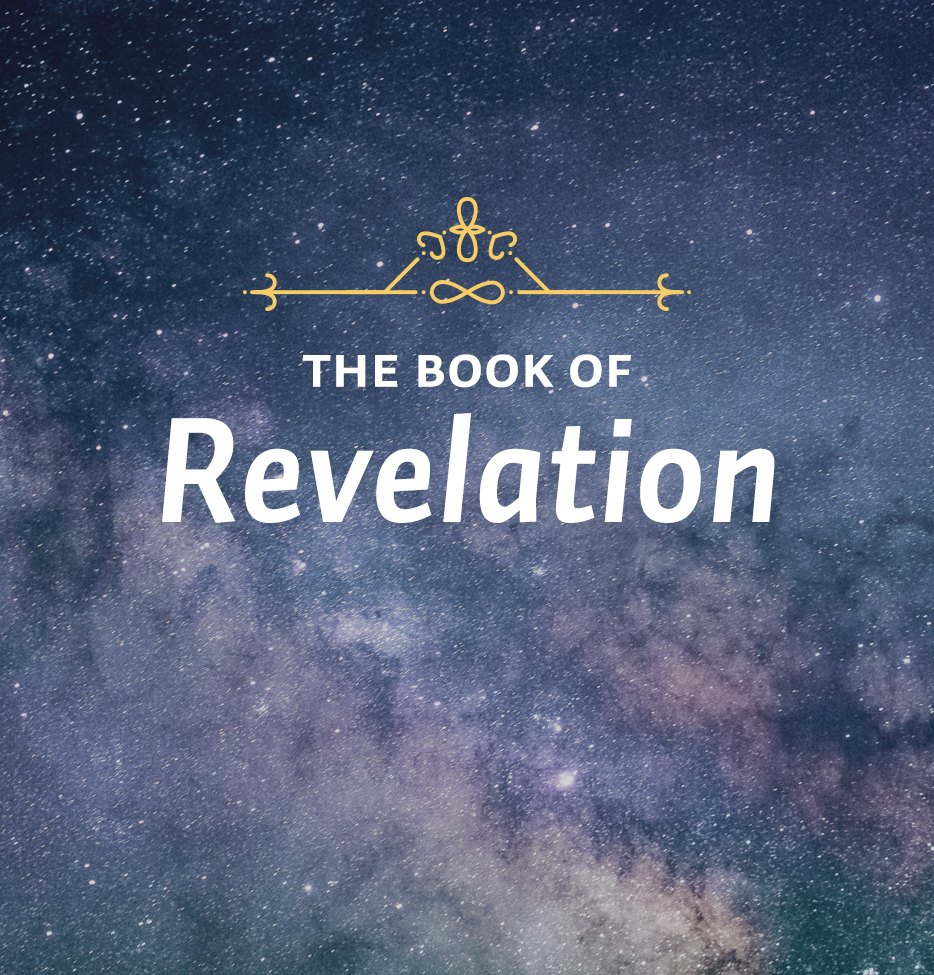Theme: A Description of the City
In these lessons we focus on heaven as the place where God and his redeemed people will dwell forever.
Scripture: Revelation 21
John begins to describe some of the other details, and he talks about this great wall all the way around it. A wall would symbolize protection, and so you have an image there of our eternal security and safety. He talks about the twelve foundations. Why twelve? Well the reason is that they relate to the twelve apostles of the Lamb in verse 14. And the reference to the twelve apostles goes along with the twelve gates in the city, which represent the twelve tribes of Israel. This shows us the kind of base upon which this heavenly community is established.
It’s the same thing Paul talks about in Ephesians 2:20, that the church is established upon the doctrine of the apostles and the prophets. And what’s this doctrine? Although certainly it refers to the revelation of the gospel, yet if you single out any one doctrine, our direction would turn to the doctrine of justification by faith. This is foundational because even though in the Old Testament period, all of those saints might not fully have understood the means of justification through the work of Jesus Christ, it was, nevertheless, upon that foundation that their faith was built. And so as John begins to unfold this imagery for our understanding, he’s saying not merely that this community of the saints in glory is a secure thing, but it’s a community of those who have come in the way God has provided, namely, through faith in Jesus Christ, the Lamb slain from before the foundation of the world on the basis of whose death, through faith, those who are sinners are justified and enabled to stand before the holy God.
He has another set of imagery that he uses here, and it’s the imagery of jewels or precious stones. Since there are twelve of them, I think this probably has some kind of reference to the breastplate of the high priest, described in Exodus—symbolism certainly that would be known to any Jewish reader. The high priest had a breastplate made of gold, and on that breastplate, embedded in the gold, were twelve jewels that represented the twelve tribes of Israel. And when the high priest went into the holy of holies on the day of atonement, he wore the golden and jeweled breastplate, which represented the people of Israel as he entered into the presence of God through a sacrifice on their behalf. And here those jewels were embedded in the city, laid into the foundation, as it were, because God has prepared that for those who come in that way.
In verse 22 John talks about something that apparently surprised him. He saw the city come down from God out of heaven, with all the brilliance of its walls, its streets of gold, and all those other things. But when he looked for the temple that would be expected to be there, he discovered there was no temple. And the reason there was no temple is that God and the Lamb were the temple. Why is this significant? Well a temple was a place of sacrifice. It was a place of approach to God, where the sacrifices were made for the people’s sins. But in the new Jerusalem there’s no need for that any more because this is the company of the redeemed, those from whom sin has been removed, and for whom sacrifices no longer need to be offered. God is there, and the communion with God is intense, and immediate, and eternal. And from God and the Lamb, there goes forth light; and from their throne flows the river of the water of life, from which we are to drink and live forever.
Study Questions:
What is the meaning behind such things as the wall, the foundations, and the gates?
Read Ephesians 2:19-20. Explain how the church is built upon the foundation of the apostles and prophets.
How might the presence of jewels be understood?
What surprising thing does John discover about the new Jerusalem? Why is this the case?
Application: Jonathan Edwards made it a point to regularly take time to meditate on the glories of heaven. How might that benefit us as we seek to live for God in our own unrighteous culture?






